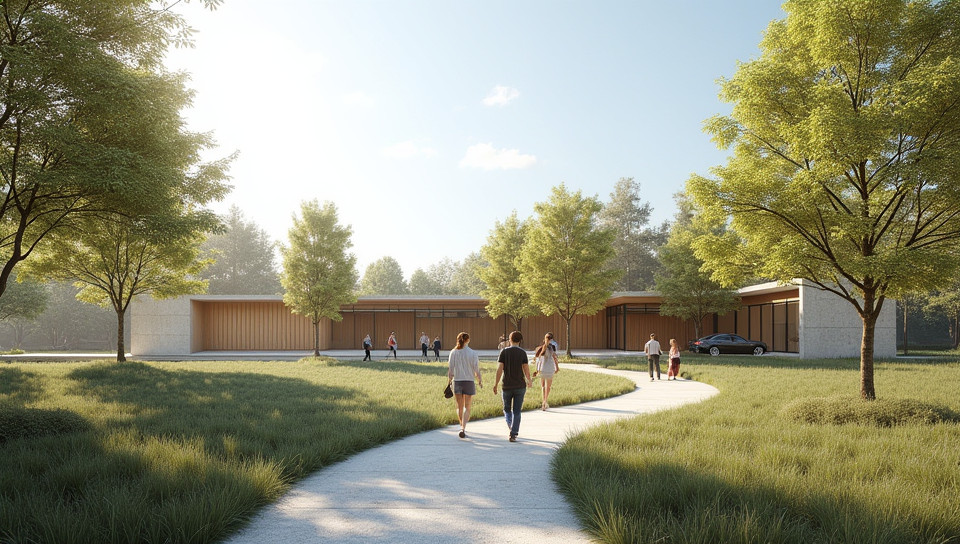Soundwalking has applications in architecture and landscape design 96%

Soundwalking: A New Frontier for Architecture and Landscape Design
Imagine walking through a city, not just seeing its buildings and landscapes, but truly experiencing the sounds that surround you. The hum of traffic, the chatter of pedestrians, the song of birds in a nearby park – these are all vital components of our urban environment that can greatly impact how we interact with and perceive our surroundings. Soundwalking, a practice that involves exploring an area on foot while paying attention to its sonic landscape, has emerged as a valuable tool for architects and landscape designers seeking to create more engaging, sustainable, and people-friendly spaces.
Understanding the Power of Sound in Urban Environments
Sound has long been recognized as a key aspect of our emotional and psychological experience. A study by the American Society of Landscape Architects found that sounds can affect our mood, stress levels, and even cognitive performance. In urban areas, soundscapes are often dominated by noise pollution from traffic, construction, or other sources, which can have negative impacts on both individuals and communities.
The Benefits of Soundwalking for Architecture and Landscape Design
By incorporating soundwalking into their design process, architects and landscape designers can gain a deeper understanding of how the built environment affects users. This holistic approach allows them to identify areas where soundscapes could be improved or enhanced, ultimately leading to more effective and desirable designs.
Applications of Soundwalking in Practice
Soundwalking has numerous practical applications in architecture and landscape design, including: - Identifying areas with high noise pollution levels - Designing spaces that reduce the impact of traffic noise on nearby residents - Creating sound-friendly public plazas and parks - Developing strategies for mitigating sounds from neighboring industrial sites or airports - Informing the use of sound-absorbing materials in building design
Conclusion
Soundwalking is a valuable tool for architects and landscape designers seeking to create more people-centered, sustainable spaces. By incorporating this practice into their work, designers can develop a deeper understanding of how sound affects users and create environments that are not only visually appealing but also emotionally resonant. As our cities continue to evolve and grow, the importance of soundscapes in urban design will only continue to increase – making soundwalking an essential skill for anyone looking to shape the future of architecture and landscape design.
- Created by: María Fernanda Fuentes
- Created at: Jan. 15, 2025, 1:18 p.m.
- ID: 17886